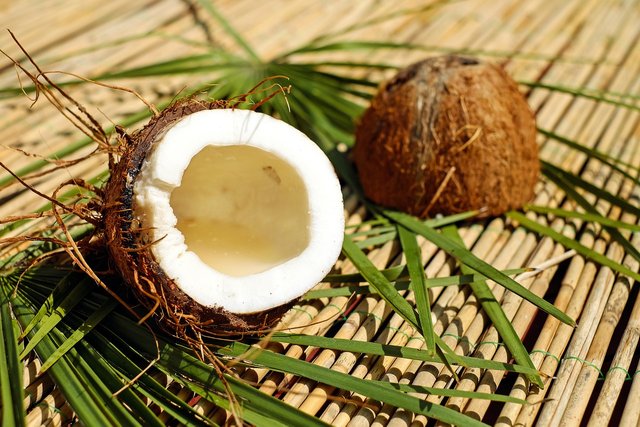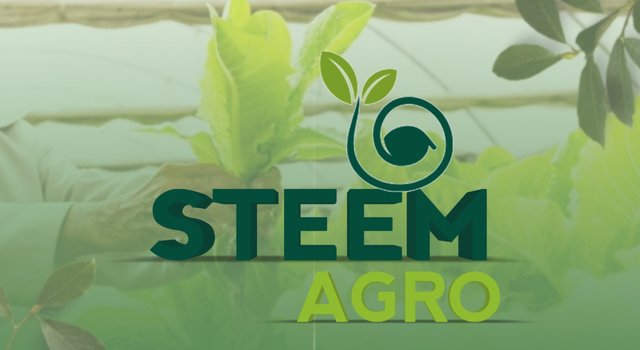The family of arecaceae is the family from which the palm tree is from. This typical palm tree could be said to be the tallest of all food crop plantations. Accompanying this trunkless height is a crown of feathery leaves or fronds.
Palm trees have displayed their versatility by producing a lot which include palm oil, palm nuts, wine, local brooms a lot more and coconuts which would be talked about in this post.
While some call it the ‘tropical egg’, some would also call it ‘the hairy McHair face’. It is still coconut.

Source:https://surl.li/ttncwa
Morphologically, and it might be of much concern to you, coconuts have three main parts. The mesocarp, which is the husk that is pulled off, the endocarp i.e the woody shell and finally the endosperm, which is our main concern and is made up of the white, edible thick flesh.
TYPES
- various types of coconuts include
- Young Thai coconut
- Mature brown coconut
- King coco
- Fiji dwarf coconut
- Malayan coconut.
NUTRIENT
Nutritionally , coconuts are rich in fiber, cholesterol, protein, zinc, potassium and vitamins C and E.
All these packaged in the fruit and when consumed, helps the body with its digestive system, controls the blood sugar and increase the HDL.
CULTIVATION
According to research, coconuts have been in cultivation for over 3000 years in countries like Indonesia, Sri Lanka, India, Philippines, Thailand, Caribbean, Pacific Ocean, Malaysia and some African countries. But it is native to Indonesia.
Growing this tropical fruit, it is first and carefully grown in the nursery where it would germinate within 6 months. After 13m2 months, it is then transplanted to the fields or desirable farmland with enough water content.
While growing, it is monitored by regular pruning, fertilization processes and kept away from pests and diseases (e.g rats, mites, coconut bud rot, coconut root rot etc). Coconuts do not have a particular stage of harvesting, instead they are harvested at different stages of maturity, especially when they are hard and dry.
Post harvesting, they are stored in cool and dry places.
USES
- Coconuts are used as a source of food, eaten as a snack, fruit or garnished.
- It is used in drinks and food making industries to produce flavoured snacks and beverages.
- Coconuts are a source of coconut oils which are a prominent ingredient in cosmetics, cooking ingredients and biofuel.
- Husks and shells from the fruit is used in crafts making
- Also coconut oil from the fruit plays a varying medical role like treating skin infections and injuries.
COCONUTS IN THE KITCHEN
Apart from plainly eating coconuts after being harvested. There are other few ways to have them eaten and I'd be sharing a little local recipe.
COCONUTS FLAKES.
Things needed:
- A cooking pot
- Coconuts
- Sugar
- Clean water
- Grater.
- Spatula
Process
- Crack open the coconut(s) into clean water.
- Grate it into another bowl to get fine tiny slices
- Do not rinse it and put the grated coconut into the cooking pot
- Add a bit of water and sugar, then cover and let it cook over the lit burner
- Be patient and after 20 minutes, the water should have been dry.
- Get your spatula and gently stir fry it.
- Try not to let them get stuck on the insides of the pot
You are good to go when you get a light brown delicacy for snack.
https://x.com/Ayaba02/status/1886424756460675567?t=5nT7_3gYmMKK-T8mc2dlxA&s=19
Downvoting a post can decrease pending rewards and make it less visible. Common reasons:
Submit
Welcome to steem-agro!
MODs Comment/Recommendation:
Remember to always share your post on Twitter using these 3 main tags #steem #steemit $steem

Downvoting a post can decrease pending rewards and make it less visible. Common reasons:
Submit